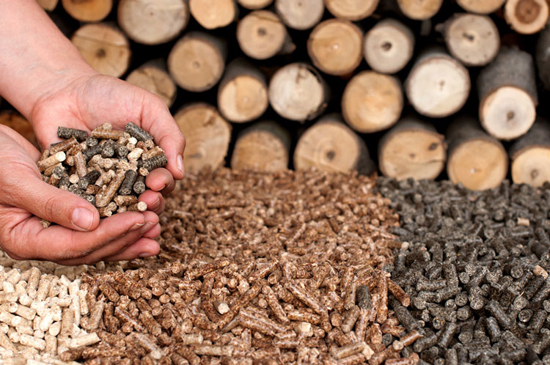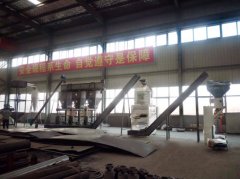
Why the output of ring die pellet mill is low?
Sometimes, ring die pellet machines have symptoms of low yield, which makes many inexperienced users do not know how to deal with these situations. In summary, the impact of this discharge problem or production is also two major aspects, one is that the machine itself is not adjusted well, and the second is that the raw materials of the pressed pellets are not well matched. This aspect of the machine itself mainly appears in this part of the ring die and the roller.

Reasons for the low yield of the pellet machine
- 1. If a new ring die is used, first check whether the compression ratio of the ring die matches the processed material, the compression ratio of the ring die is too large, the resistance of the powder material through the die hole is large, the pellet pressure is too hard, and the output is low. The compression ratio of the ring die is too small, and the pellets are not pressed out. The ring die compression ratio must be re-checked to check the smoothness of the hole in the ring die and whether the ring die out of round. The inferior ring die rough due to the inner hole of the ring mold. The roundness results in a large discharge resistance, the pellets are not smooth, and the discharge is difficult, and the yield is lower, so a high-quality ring die must be used.
- 2. If the ring die used for a period of time, it must be checked whether the inner hole of the ring die worn or not, and whether the pressure roller is worn. If the wear is serious, the ring die can be repaired and repaired, the worn cone hole is re-bored, and the pressure roller must be replaced. Die cone wear has a large impact on throughput.
- 3.The gap between the ring die and the roller needs to be adjusted correctly. The general spacing between the production of livestock and poultry material is about 0.5mm. The spacing is too small, which will cause the roller to rub the ring die and shorten the service life of the ring mold. If the spacing is too large, the pressure roller will slip. Reduce production.
- 4. Pay attention to the time and quality of raw materials quenching and tempering, especially to control the moisture of the raw materials before entering the machine. The moisture content of the raw materials before the quenching and tempering is generally 13%. If the water is too high, the moisture content of the raw materials after conditioning is too high (moisture ≥20%), there will be an in-mold slip phenomenon, which is not easy to discharge.
- 5. To check the distribution of raw materials in the ring die, can not let the raw materials run unilaterally, if a similar situation occurs, the position of the feeding scraper must be adjusted to allow the raw materials to be evenly distributed in the ring die, thus extending the use of the ring die. Life expectancy and smoother discharge at the same time.
The moisture content of this material should also be controlled, because this moisture content will directly affect the molding rate and yield of the pressed pellets of this machine. Therefore, this can be tested with the instrument for measuring humidity between the raw materials entering the machine, and checking whether the humidity of the material is within a reasonable granulation range. In order to make the machine work efficiently and with high output, it is necessary to debug every aspect of the work.

